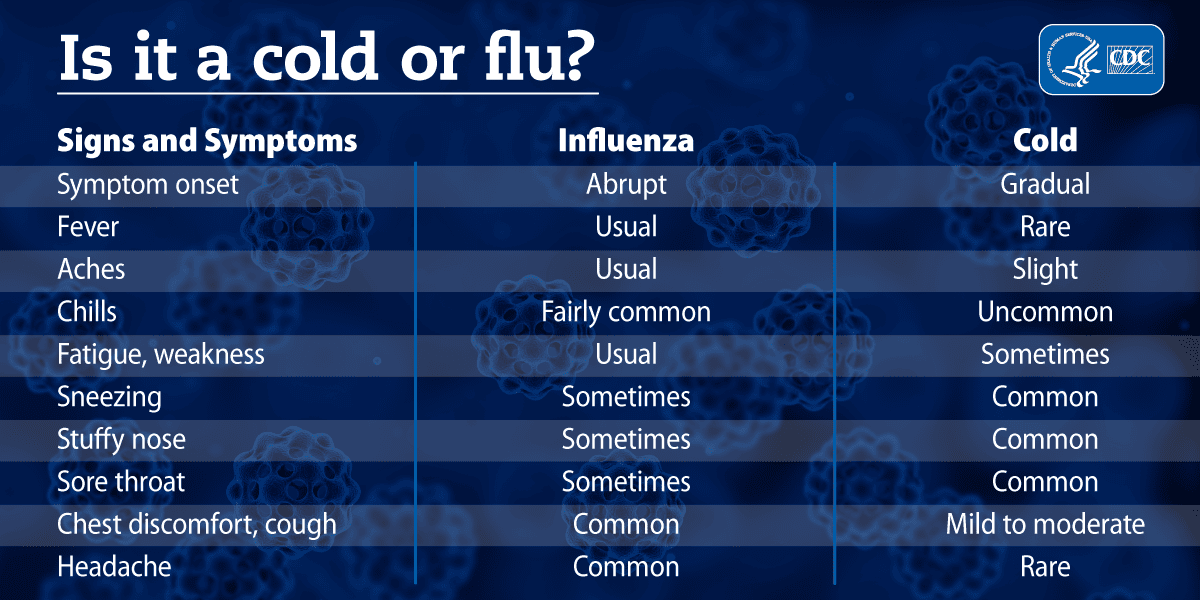
 Influenza (flu) cases in the US this season may have peaked in February, but the Centers for Disease Control and Prevention (CDC) is now warning that a different strain of influenza virus (influenza B) is being reported more frequently than the strain (influenza A) that caused so many illnesses this flu season. A total of 133 influenza-associated pediatric deaths have already been reported for the 2017-2018 season. The B strain tends to be more severe for younger children, so parents are encouraged to be on the lookout for any signs of symptoms.
Influenza (flu) cases in the US this season may have peaked in February, but the Centers for Disease Control and Prevention (CDC) is now warning that a different strain of influenza virus (influenza B) is being reported more frequently than the strain (influenza A) that caused so many illnesses this flu season. A total of 133 influenza-associated pediatric deaths have already been reported for the 2017-2018 season. The B strain tends to be more severe for younger children, so parents are encouraged to be on the lookout for any signs of symptoms.
According to CDC, as long as the viruses are still circulating, it is not too late to get a flu shot. To highlight the importance of annual flu vaccination for everyone age 6 months and older, the National Foundation for Infectious Diseases (NFID) is collaborating with Forever Freckled, a lifestyle blog authored by 3 sisters. Special thanks to Forever Freckled for this guest post on tips for differentiating flu and cold symptoms.
The record-breaking number of cases of flu and the rising number of flu-related deaths have left parents terrified this season. As soon as their child starts to get the sniffles, is sleepier than usual, or experiences even a mild a fever, parents can be overwhelmed with anxiety and fear.
Many rush to their doctor, wanting to know whether their child has a bad cold or the flu. I think it is important to start by saying that every child is different and the flu can present differently depending on the individual. However, there are some distinguishing features of the flu that can help differentiate it from the common cold.
Answering three simple questions can quickly help you determine whether your child has a cold or if it is truly the flu:
-
- Has your child recently been exposed to the flu? If you received a letter from your child’s school indicating that there were children out this week with the flu, you should be prepared for your child to get sick. The symptoms of flu generally come on suddenly and last longer than the common cold, so if you are a working parent, be prepared to take time off work to care for your sick child. Knowing that your child has been exposed allows you to take action quickly. Call your doctor as soon as possible to see if they think it is appropriate to prescribe antiviral medication. Make sure your house is stocked with fever reducers and a great humidifier.

- Did your child’s symptoms come on suddenly or have they been getting gradually worse? One of the biggest distinctions between a cold and the flu is how quickly the onset of symptoms occur. The symptoms of flu typically occur very suddenly. It is not unusual for a child to feel well enough to go to school in the morning, only to have them spike a high fever hours later at school. The symptoms of the common cold tend to be more progressive, typically starting with a mild sore throat and over the next day or two, symptoms getting progressively worse.
- What symptoms is your child suffering from? Although they may share several common symptoms, flu usually causes high fever, aches (body and head), chills, and extreme fatigue. A cold commonly results in a low grade fever, mild sore throat, runny nose, and cough. Although children may experience headache, fatigue, and body aches with a cold, they are typically milder than those associated with the flu. We use the mnemonic FACTS (fever, aches, chills, tiredness, sudden onset) to remember flu systems.
- Has your child recently been exposed to the flu? If you received a letter from your child’s school indicating that there were children out this week with the flu, you should be prepared for your child to get sick. The symptoms of flu generally come on suddenly and last longer than the common cold, so if you are a working parent, be prepared to take time off work to care for your sick child. Knowing that your child has been exposed allows you to take action quickly. Call your doctor as soon as possible to see if they think it is appropriate to prescribe antiviral medication. Make sure your house is stocked with fever reducers and a great humidifier.
 Remember, these are just guidelines and if you feel your child does have the flu, it is important to have them evaluated by their healthcare provider. A flu vaccine not only helps your child from getting the flu but can also protect them if they do get the flu by helping to decrease the severity and duration of symptoms as well as the risk for related complications.
Remember, these are just guidelines and if you feel your child does have the flu, it is important to have them evaluated by their healthcare provider. A flu vaccine not only helps your child from getting the flu but can also protect them if they do get the flu by helping to decrease the severity and duration of symptoms as well as the risk for related complications.
Keep your children protected and help #FightFlu! Proper hand washing and getting a flu vaccine every year are necessary and important steps to preventing the spread of flu.
To learn more about flu, visit www.nfid.org/flu.
To join the conversation, follow NFID (@NFIDvaccines) and Forever Freckled (@4everfreckled) on Twitter using the hashtag #FightFlu, like NFID and Forever Freckled on Facebook, follow NFID and Forever Freckled on Instagram, join the NFID Linkedin Group, and subscribe to NFID Updates.
Related Posts

News Round-Up: Infectious Disease Threats
According to NFID website poll, there are several worrisome infectious disease threats. Read recent news on topics of greatest concern, including avian influenza (bird flu), measles, and respiratory syncytial virus (RSV) …

Vaccines and Heart Health: A Vital Connection
Heart disease can increase the risk of serious or fatal complications from respiratory diseases including COVID-19, flu, and RSV

Harnessing the Power of Local Data
NFID dashboard aims to empower stakeholders with hyperlocal data to increase US adult respiratory vaccine uptake
